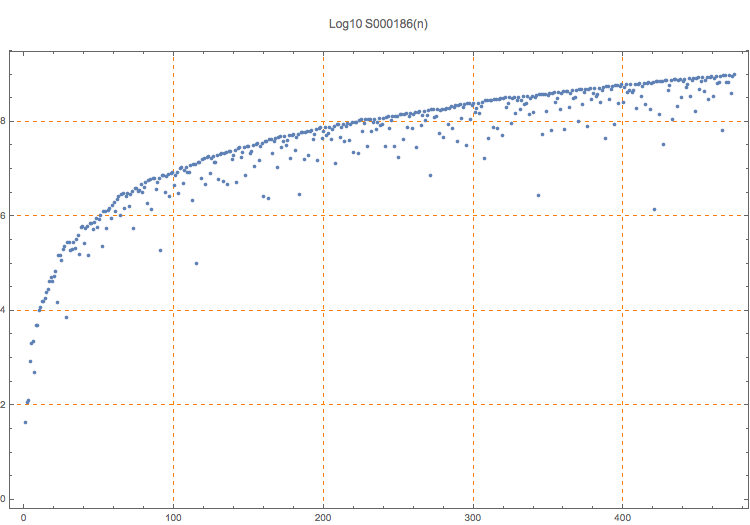Primitive Pythagorean triples (a, b, c^3) for positive integers c.
44, 117, 125, 828, 2035, 2197, 495, 4888, 4913, 10296, 11753, 15625, 15939, 18460, 24389, 27755, 42372, 50653, 42471, 54280, 68921, 14715, 148148, 148877, 117469, 194220, 226981, 7336, 274527, 274625, 186416, 201663, 274625, 213785, 325008, 389017
1
Prime c is treated in S000185. Cheng and Gordon show that these triangles have angles that can be trisected. When c is composite, it is possible for there to be multiple triangles that have hypotenuse c^3; when c is prime, there is only one such triangle. The composite c are listed in A120961.
T. D. Noe, Plot of 158 triples (for c < 1000)
T. D. Noe, Table of 158 triples (for c < 1000)
Wen D. Cheng and Russell A. Gordon, Trisecting angles in Pythagorean triangles, Amer. Math. Monthly, 121 (2014), pp. 625-631.
(Mma) t = {}; Do[c = (4*n + 1)^3; a = 0; While[a++; 2*a^2 < c^2, b = Sqrt[c^2 - a^2]; If[IntegerQ[b] && GCD[a, b] == 1, AppendTo[t, {a, b, c}]]], {n, 25}]; t
Cf. A103606 (primitive Pythagorean triples).
nonn,tabl
T. D. Noe, Aug 07 2014
